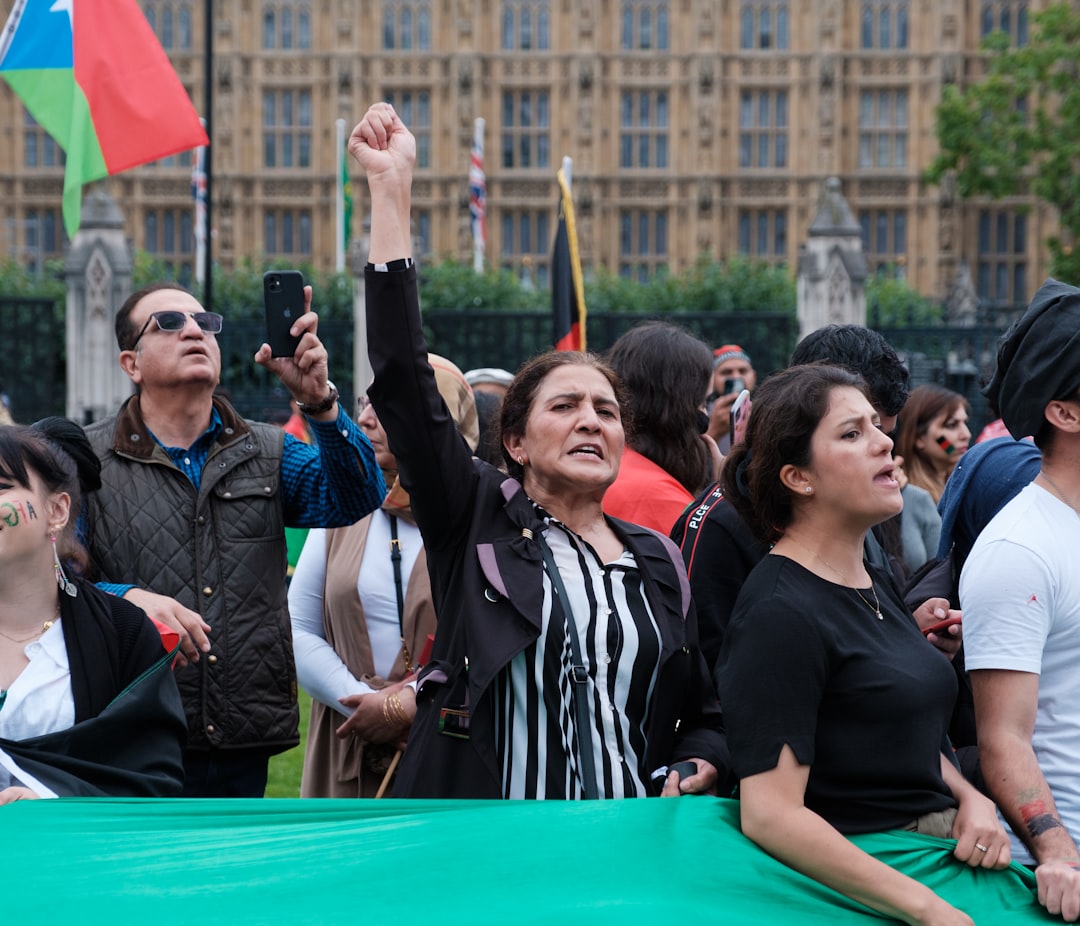What is it about?
During his third expedition into the higher Himalaya in 1866, the most ambitious of his three journeys into the mountains, Samuel Bourne trekked to the Gangotri glacier, the source of the Ganges. At that site he took “two or three negatives of this holy and not altogether unpicturesque object,” the first photographs ever made of the glacier and the ice cave called Gomukh, meaning the cow's mouth, from which the river emerges (Bourne 96). These words of Victorian India's pre-eminent landscape photographer, importantly, highlight the coming together of the picturesque mode and the landscape form through the medium of photography. In this essay, I focus on Samuel Bourne's images of the Himalaya, produced between 1863 and 1870, to query the ideological power of this triangulation to produce a specific image of the mountains in late nineteenth-century Victorian India. Situating Bourne's images in relation to contemporaneous material practices of the British within the space of the Himalaya, namely, the establishment of hill stations as picturesque locales in the higher altitudes of the Indian subcontinent, I argue that the landscape form, the picturesque mode, and the photographic medium, inflect each other to tame the sublimity of the mountains by representing them as similar to the Alps.
Featured Image
Read the Original
This page is a summary of: “NOT ALTOGETHER UNPICTURESQUE”: SAMUEL BOURNE AND THE LANDSCAPING OF THE VICTORIAN HIMALAYA, Victorian Literature and Culture, June 2014, Cambridge University Press,
DOI: 10.1017/s1060150314000035.
You can read the full text:
Contributors
The following have contributed to this page










